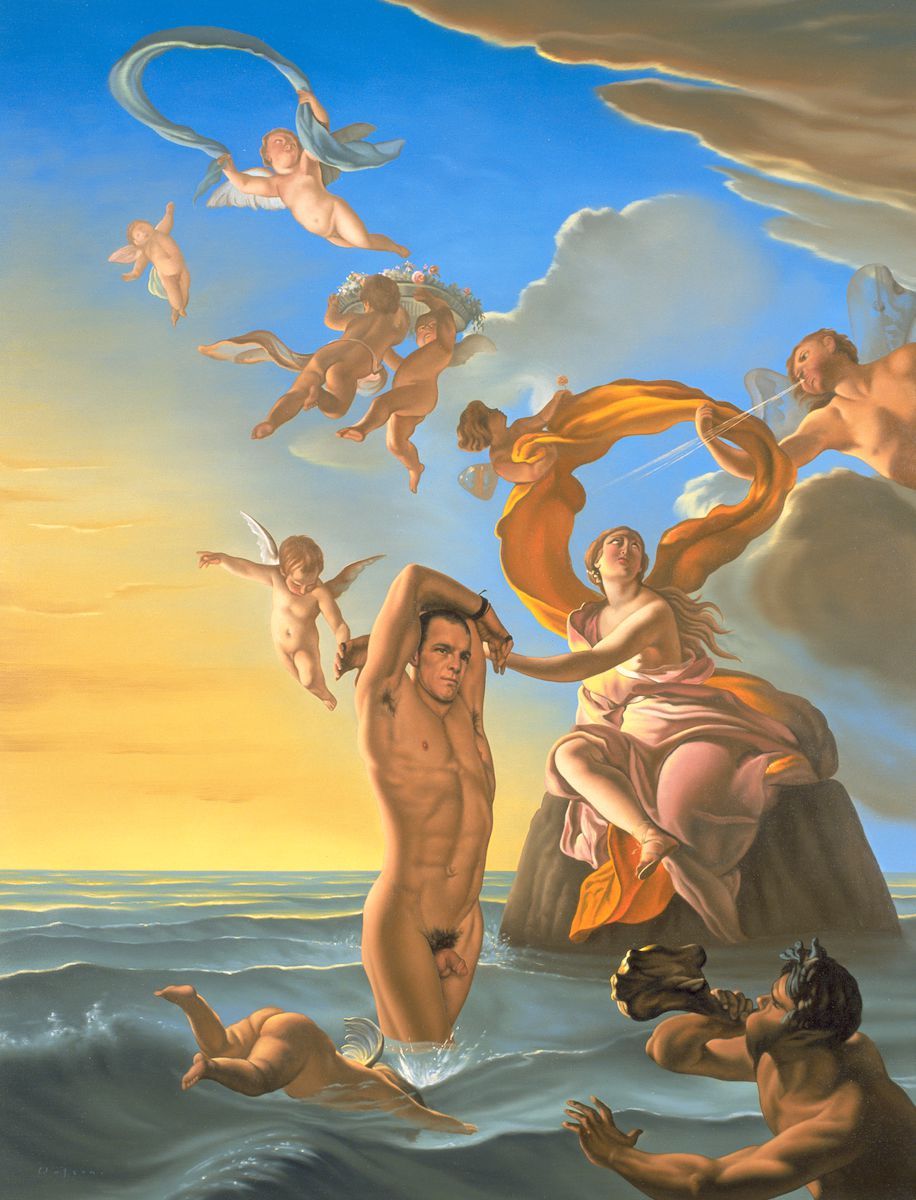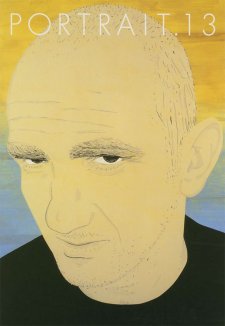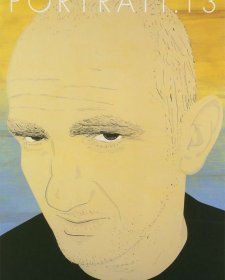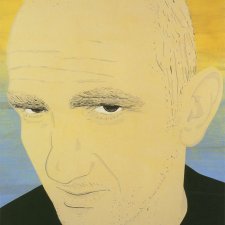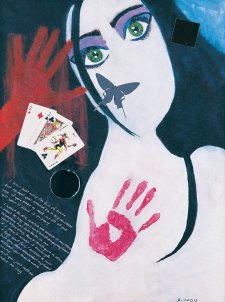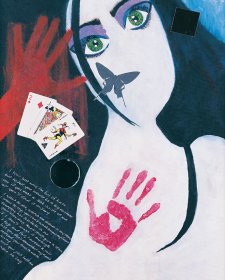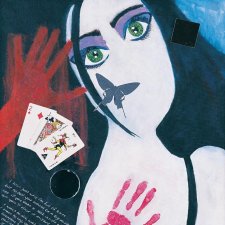Paintings by Melbourne based artist Ross Watson have found their way into private and public collections around the world. The collections of Sir Elton John and James Wolfenson include works by Watson. Now the National Portrait Gallery is added to this list of collectors.
Watson's males come from a narrow demographic: they are handsome and elegant. These are the smooth skinned, lean, defined, muscular bodies often associated with gay iconography. Appearing as potent symbols of youth, sexuality, beauty and energy these figures represent Watson's interest, or perhaps obsession with the idea of a physical elite. In this light, these paintings can be seen as an adulation of a particular male physique.
In his portrait Ian Roberts (after Coypel 1709), Watson presents his subject in a mythological setting. Roberts rises from sea, to be surrounded by three of the classical gods and putti who playfully dive into the water and fly off into the heavens. Roberts enters the scene gently stretching his body, his arms raised and crossed above his head. Apparently disconnected from Roberts, the other figures in the painting continue their activities oblivious to Roberts's interruption of their world.
Ian Roberts, now an actor, was one of a handful of openly gay professional footballers. Roberts grew up in South Coogee and began playing for the Rugby League club South Sydney in 1986. Four years later, in a move that made him Rugby League's highest paid player, he left Souths for Manly. In 1995 he signed with the Super League, and left Manly to captain the Townsville Cowboys. In late 2000 he was accepted into National Institute of Dramatic Art. Since graduating, he has appeared in several feature films and stage productions.
The leather wrist band comes from a costume worn by Roberts in a play by Shakespeare. His nakedness suggests a certain shedding or letting go. Roberts offered to pose nude for Watson as a representation of how much he has changed since attending NIDA.
Ian Robertscomes from a series of paintings to which Watson refers as 'La Galerie des Glaces' or Hall of Mirrors. In these works, contemporary figures are placed in or against art historical settings. Vermeer, Poussin, Bronzino and in the case of Ian Roberts, Coypel, are only some of the great masters from whom Watson borrows. Steeped in ambiguity, the work of these artists provides Watson with a dramatic location for his subjects. Antoine Coypel (1661-1722), was a French painter in the Baroque style whose most famous works adorn the ceiling of the Chapel at Versailles (1708).
Watson explains his interest in old master paintings as being connected to an uncertainty about what is actually happening in the paintings. Of particular fascination is the distinction between seeing the figures in such paintings and knowing what they are thinking, feeling or doing. The location of contemporary male figures within the context of old master paintings is a further teasing out of this uncertainty. Watson heightens the ambiguity of these images by imbuing his subjects with a cool detachment from the historical setting.
